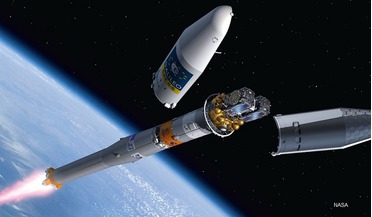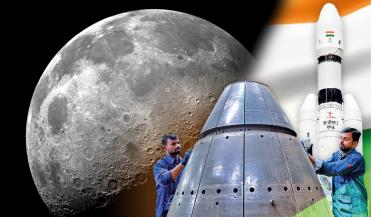 September 2021
Near space - the air-space boundary question, astronauts and space tourism
September 2021
Near space - the air-space boundary question, astronauts and space tourism
... (Article VII); and there is a registration requirement which gives a state jurisdiction and control of any space object (Article VIII). The Treaty does not mention tourism specifically but, as per Article I, the business of enabling ...
 05 September 2025
Asgardia to host inaugural ‘Galactic Prime Directive Conference’
05 September 2025
Asgardia to host inaugural ‘Galactic Prime Directive Conference’
... interstellar protocols during the two-hour programme which aims to: Clarify principles governing peaceful engagement with space objects and potential extraterrestrial intelligence Establish frameworks that ensure respectful, ethical stewardship...
 March 2015
On-orbit satellite servicing, insurance and lessons of Palapa B2 and Westar 6
March 2015
On-orbit satellite servicing, insurance and lessons of Palapa B2 and Westar 6
... or another third party before it is serviced. However, international law makes the responsibility and liability for space objects uncertain, and without such agreement in place the number of insurers willing to participate may be limited, ultimately...
 October 2017
Can Australia’s space industry overcome years of political setback?
October 2017
Can Australia’s space industry overcome years of political setback?
... business success is not stifled through outdated regulation. The immediate aim is to determine how to relax liability when a space object causes damage in space or on the ground. However, it remains to be seen whether the review will broadly impact...
 June 2019
The challenge of planetary protection
June 2019
The challenge of planetary protection
... shall bear international responsibility for national activities in outer space, including the Moon and other celestial bodies, whether..., and does not protect Earth from man-made space objects (i.e. space debris) or from the impact of large asteroids ...
 September 2023
India signs up to the Artemis Accords
September 2023
India signs up to the Artemis Accords
...comply with the rescue and return agreement as outlined in the Outer Space Treaty. 5. Registration of Objects: registration of space objects (on the surface, in orbit or in space) by signatory nations can help to mitigate risk of harmful interference...